Military fashion has a long and distinguished history. The regalia of an army says a lot about its nation, its history and its approach to war. Military headgear has evolved dramatically through the years, varying from decade to decade and country to country. Here is a basic history of military hats in the Western world.
Gunpowder and the Decline of Helmets
Until the advent of gunpowder, helmets were the preferred headgear among warriors. Ancient Greek and Roman soldiers relied on helmets for protection. This practice continued during the Middle Ages. By the time of the Wars of the Roses, in the 15th century, knights wore all-concealing steel helmets with little grilles for breathing. Armor became so cumbersome that knights were often loaded onto their horses with special cranes.
But the matchlock musket rendered this armor useless. By the middle of the Renaissance, in the 16th century, armor became lighter and simpler because all that metal was useless against musket balls and artillery. From the 16th century until the 20th, helmets were exchanged for cloth, felt, canvas and silk hats.
The Brimmed Hat
As the helmet disappeared, military headgear became an expression of fashion. Throughout the 17th century, musketeers and cavalry officers preferred a soft hat with brims of various sizes. Soldiers routinely wore plumage in their caps, with features of various sizes and colors. The brims were often fastened to the side of the hat to make shooting a musket easier.
The Tricorne Era
Throughout the 18th century, armies donned the tricorne, or "tri-cornered" hat. This is a familiar item from the American Revolution: a standard wide-brimmed hat pinned in three places. The idea of the tricorne was to both siphon rainwater away from the face and protect the eyes from the sun. Soldiers across Europe wore this tricorne through the Seven Years' War and numerous other conflicts. Some units, such as the Austrian army, continued to wear the tricorne through the Napoleonic Wars of the early 19th century.
A similar, more long-lasting hat was the bicorne, which was similarly pinned, but only in two places. Originally worn by officers, the bicorne could be worn with its ends pointing forward and back or pointing sideways, as Napoleon Bonaparte wore his.
Wide-brimmed hats continued to be worn throughout this period, especially among less formal infantry units. Less-organized fighters, such as revolutionaries and pirates, often wore stocking caps, or "tuques."
Evolving Trends
During the Napoleonic Era, fashions changed within each military. French soldiers wore a "shako," a tall, conical cap with a visor that was topped with a tiny feather; British infantry wore a variation of the shako. Each nation experimented with different styles; Prussian soldiers turned to pointed helmets, a trend that continued into World War I.
By the mid-19th century, armies began to wear the "kepi," a squat visored cap most recognizable from the American Civil War. The French Foreign Legion is also famous for its kepis, which were outfitted with cloth to protect their necks from sunburn.
As Britain and the U.S. became more imperial nations, sending soldiers to tropical climates, their soldiers were equipped with different headgear. British soldiers in the Boer and Zulu Wars wore pith helmets, which absorbed sweat and protected the cranium from bladed weapons.
The American love of wide-brimmed hats, or "cowboy" hats, soon affected army fashion. Teddy Roosevelt's Rough Riders wore such hats, as did officers of the Civil War.
The Resurgence of Helmets
As World War I in the early 20th century introduced the most deadly weapons ever known by the Western world up to that point, including machine guns and poison gas, soldiers no longer faced each other in the field as much, with trench warfare in fashion. Stealth, camouflage, armor and positioning became essential aspects of modern warfare. The era of feathered caps and brightly-colored uniforms was over.
As steel and Kevlar helmets have come to dominate the battlefield, caps are still essential parts of the modern military uniform, especially on base or on leave. Berets, Jeep caps and garrison caps have become the dominant headgear of the U.S. military, while European nations have adopted similar styles.
Related Articles
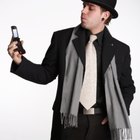
What Are Bowlers, Bonnets, Beanies & ...
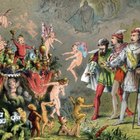
What Did Men Wear During the ...

Traditional Japanese Hats for Men

What Did Men Wear in the '50s?
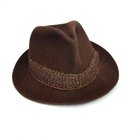
1950s Gangster Clothes

Men's Clothes & Styles in the 1920s & ...

Facts About Sombreros
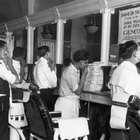
Men's Fashion of the 1930s
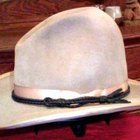
How to Clean a Stetson Hat

Types of Felt Hats

What Do Women Pirates Wear?

Football Facemask History
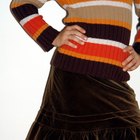
School Clothes in the 1900s

Where Did the Beanie Hat Originate?

Hat Trends of the Seventies

What Is the Difference between a Coat ...

Importance of Military Uniform ...
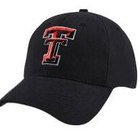
How to Wear New Era Hats

Parka vs Bomber Jacket
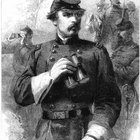
Men's Roles in the 1800s
References
Writer Bio
Robert Isenberg is a freelance journalist, playwright and stage-actor. He contributes regularly to local and national magazines, specializing in arts, culture and travel. Originally from Vermont, he has visited 30 countries around the globe. He is co-founder of the Hodgepodge Society, a comedy lecture series.